“SEO is something that is constantly changing and evolving. I like to call it invisible science,” says Amy Masson, adding: “There are a lot of things that go into it and you can’t see most of it. The most concrete thing you can see is outbound connections and incoming connections.” In this article, we will focus on what internal and external links are.
Every backlink/link is like a vote of confidence in search engines. In other words, search engine optimization is a process that is constantly moving away from static. Different elements of an SEO study affect each other, and each includes its function and requires maintenance. You must understand what they are and why you use them before you perform SEO work.
There are more than 200 sort factors used in search engine algorithms (SEO criteria). Although it is not always possible to take each one into account, the most important parts of SEO are Internal and External links. So what are these internal and external links? Let’s look at it in detail together.
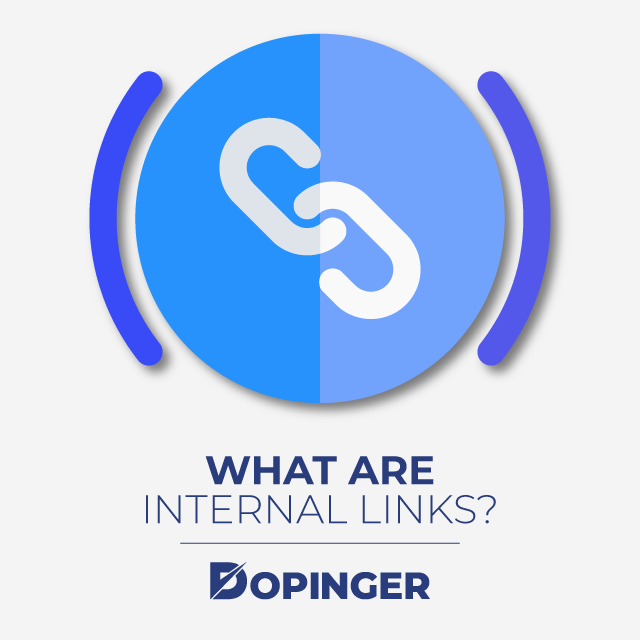
What Is an Internal Link?
The question of what an internal link is is one of the most curious topics and is a method that everyone frequently uses to improve the website’s user experience. Internal links or inbound links, which we know as a link to a different page of the same website within a website, may also be linked to different platforms belonging to the same person.
Website owners perform such links to direct users to links they think may be of interest to the target audience. The internal link structure has certain limits and applies only to the domain in which it is used.
What Does The Internal Link Do?
Every website owner should know the answers to questions such as what the internal link is and what it does, and make the most of such linking methods. Especially in internal link content, the use of keywords is also very advantageous in terms of SEO. In this way, it is possible to be at the top of the search engine results.
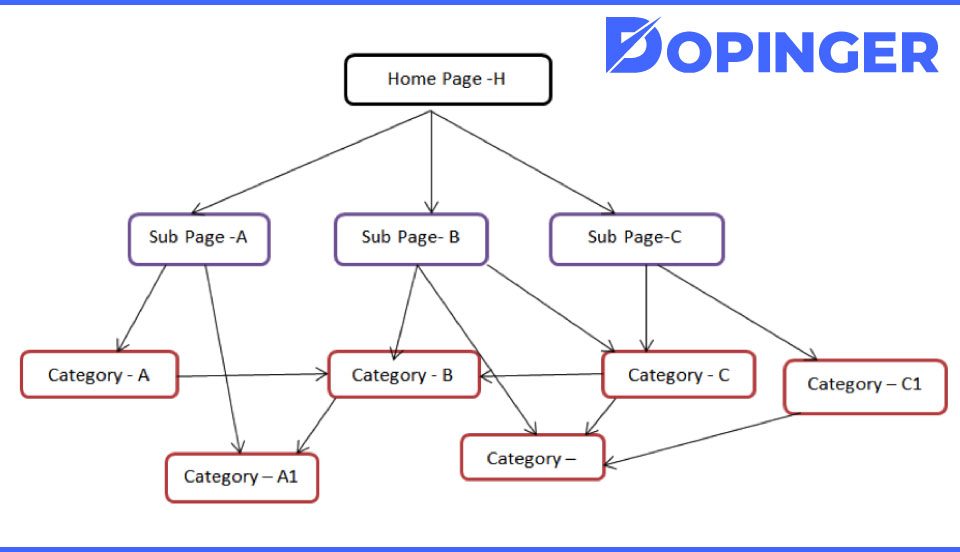
The internal link, which is very useful for websites, is frequently used by website owners to ensure the transition to many different categories within site. Such links are very useful:
- Helps users visit ing the Web site navigate other internal pages as well.
- Improves website efficiency by improving the user experience.
- Useful works in terms of SEO with the right arrangements.
- It increases the availability of the website and consists of a hierarchical layout between available information.
In short, internal links that help make the website much more ideal and convenient enable the user experience to rise to the highest level and help create the satisfaction of website users. It also helps to increase the number of visitors by enabling the website to come to the forefront in search engine results.
What Are the Advantages of an Internal Link?
The user experience is one of the most important elements today by the Google search engine. The user experience can make things right with search engines and let users navigate your site smoothly. An internal link is a basic way to improve the user experience.
Users can easily access the pages they want to reach without having to deal with the search button. Internal links, which will be used specifically in the blog structure, make it easy for users to review the next article and visit that page. This structure, which will also benefit you from SEO aspects, helps to feed other pages of that domain name. With all these operations, visitors to your site will stay longer on your site, and it will become more valuable in the eyes of search engines.
Internal Link Structure and SEO Relationship
These links are very useful in the formation of site architecture and increasing connection diversity. Internal links that are used correctly and without exaggeration help increase page viewing, and internal linking in a blog post can also make that page easy to view.
If you have pages with high authority in Google’s eyes, internal links on your pages help spread your authority to other pages and have a high authority over your site. Let’s talk about another thing you need to pay attention to for internal links. If you have the purpose of increasing the authority of the page you will link; you should not use the hashtag “#nofollow.”
Another of the benefits of internal links to your site in terms of SEO is that search engines make it easier for your site to crawl. If you create a page and don’t add that page to any of your site maps or quick access items, it will be very difficult for search engines to scan and index your page. The content you have placed on the page will also become useless. To avoid this, you must associate your page with the basic navigation sections of your site. For example, the subpage called Enterprise SEO depends on the SEO subcategory, while the SEO Category is linked to the main category of “Our Services.” The main category of “Services” is also linked to the home page. As you can see here, there is a structure that supports each other!
The Most Important Page Is Your Home Page
The point you should never forget when creating an in-site link network is that your most important page is the home page. The page you will refer to must be the home page that you will link the most to your site. Because Google is the home page of pages that search engines, especially Google, care most about and behave meticulously. Therefore, you must have made the most link output to the home page in linking.
For example, suppose you have X and Y pages outside your homepage. Here, your page in the hierarchical order must be the home page, and most link outputs must be on the home page. Then determine which of the X and Y pages is most important. This page must be the page that you redirect the most links to after the home page.
The second point to watch out for when linking to the home page is that you use different keywords. Do not just link to a few specific words when giving the home page link. Link to the home page from as many keywords as possible.
Don’t Link Between Pages!
When you link to page Y from page X when you create an in-site link network, do not link to page X again from page Y. So be sure to follow which page you’ve posted on which page you’ve posted a link to and create a file if possible. When you create a mutual link, the user who came to page X will visit page Y by following the link. It will then follow the link again and return to page X, i.e., the starting point. In this case, the user will leave your site. Instead, when you give another page link from page Y, the user will visit the third page and spend more time on the site. This applies to search engines.
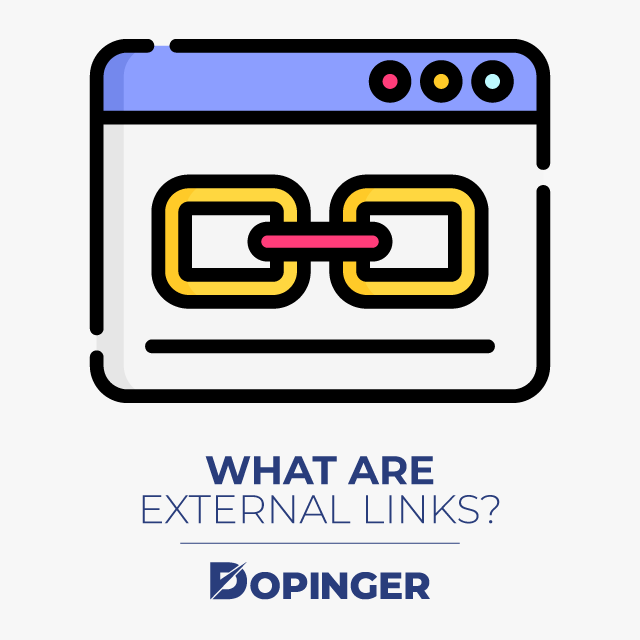
What Is an External Link?
Search engine sites do this by following links from one page to another when they start indexing on the web. These things move on the internet and catalog information about each site (indexes). This is the process that collects all the data used to sort sites by relevant keywords. When Google indexes a website, it moves bots to another site via a link.
Understanding Backlink and External Links
Search engines are sites that aim to provide the most relevant and useful information to their users. If the results of a search engine start to be less relevant to keyword searches, users will start switching to other search engines. Therefore, search engines must offer the most relevant sites. In this context, the external links on our site are also very important. Links create some kind of industry niche network. Sites within the same niche are likely to link to each other and create information-driven networks. Sites with more dense links directed to it are objectively more valuable to users and sites in that niche.
The logic of External Links
External links contribute to the reliability of your site. If your website connects your content to sources that strengthen your mind or theory and explain more about your product or service, it contributes to your credibility. Yes, your article may be great, but that means that others agree with what you write and therefore supports your purpose. External links are a sign of trust. When other sites connect to you, this shows Google that your site’s content is good. Similarly, when you link to other sites, the same signal goes to Google for other sites. It also goes to signals for your site. If you’re connecting to sites and resources to strengthen your content, sites, and search engines that are quality sites that search engines know and trust will start to rely more on your website.
Which Sites Should You Give External Links to?
First of all, it would be wrong to link to sites competing for the same keywords as you. Let’s give a more specific example. You shouldn’t link to pages optimized for keywords optimized by your website. For example, if you work in the word “Car for Hire,” you should not link to a site that wants to get to first place in the same word. Instead, you must link to sites that provide the highest value for your content. These are typical links to rooted and high-end sites.
Google recently changed the balance by introducing a metric called next-paint engagement (INP) to track page experience. INP stands out as an empirica...
The digital world has wonders, however, it is not perfect. Sometimes there can be problems. In this world where algorithms waltz and crawlers choreogr...
Pages that provide general information can be a good example. For example, there may be a promotional video about the brand of the rental vehicle. Adding too many external links is often a harmful approach and causes it to be perceived as spam. Linking to websites with low quality or spam is also considered a kind of suicide. If you link to sites that do not provide additional value, your site’s SEO demise may occur over time.
Conclusion
In today’s article, we covered what internal and external links are and what they do. With an Internal link, you can increase your page views and improve your site’s user experience. You can provide fluidity between links and increase users’ time to stay on the site. If you want to increase your index speed and reduce the time your site is scanned and indexed, we recommend doing this work on your page or site. Because with this work, it will make it easier to reach deeper and lower pages, i.e. your users.
The use of an external link is not something that will be seen as trivial in terms of SEO. It already brings details of success in SEO. Those who are stuck at the core of the subject and think they are doing everything in terms of SEO are surprised when success does not come. Again, success in SEO is hidden in details. Those who use target links instead of using external links are the ones who have not been able to keep up with the developments in terms of SEO in the most obvious way.
Don’t forget to check out our Link Building Checklist to be able to drive more traffic to your website!
You may also want to see our What is Href article.
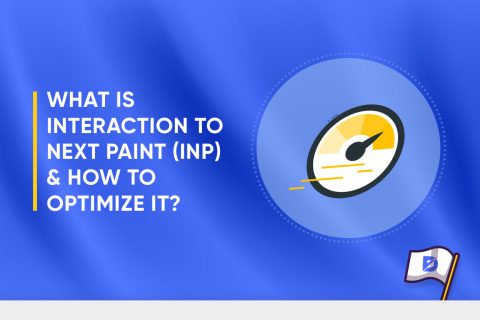
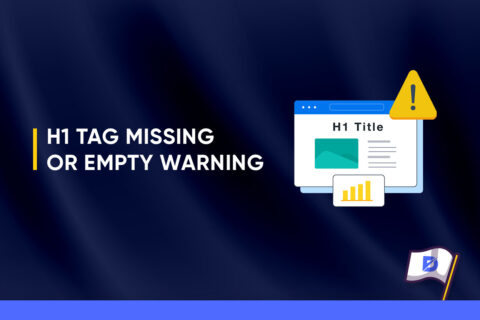

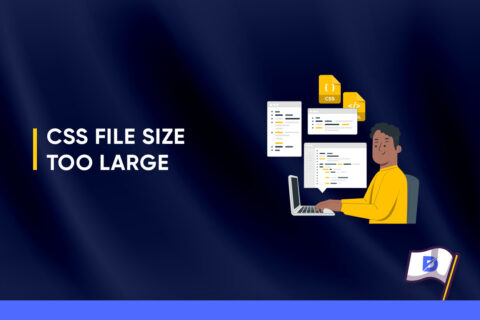

No comments to show.